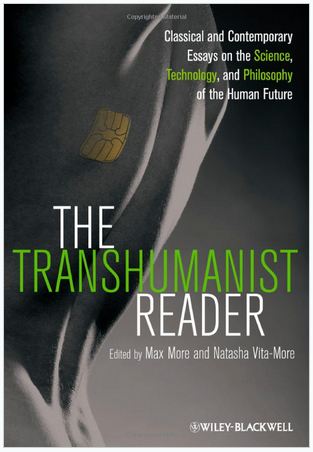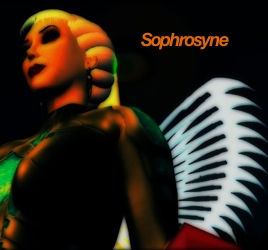Ch. 3 Study Questions
1. How does the "virtual world" blur the line betwen "fact and fiction, life and games" (72)? Does religion do the same thing?
2. How does Geraci argue against the stereotype of the solitary, anti-social gamer ( 73)?
3. Even were SL to fade, what is Geraci's argument in terms of the significance of simulated life (74-75)?
4. What is the connection of the "technoenchantment of Second Life" (75) to materialism? What does he mean by "investing cyberspace with sacred significance" (75)?
5. What is the apocalyptic significance of users finding Second Life "superior to their current reality" (77)? Are genuine romances possible (image at left is a link about a Second Life breakup)?
 6. Define cyberpunk (78). How does Geraci think cyberpunk has "become an invisible part of our social world" (79)?
6. Define cyberpunk (78). How does Geraci think cyberpunk has "become an invisible part of our social world" (79)?
7. Why does Sherry Turkle claim that real life is "ust one more window" (80). Explain the metaphor. How is SL a "playground for Turkle's distributed subjectivity" (81). What does this mean?
8. Could the "social nature of online worlds" (82) support a digital church? Could you imagine Jesus saying, "today you will be with me in Second Life paradise"?
9. How are advances in biotech and nanotechnology making the integration of the biological with technological more feasible (84-85)? Will your phone in the future be cell sized nanotechnology so that you can simply will phone calls?
10. Please explain the following: "Presco believes that the transhumanist promises of immortality and the resurrection of the dead will soon compete with institutional religions while shedding the baggage of bigotry and violence ... such religions carry." (86, second full paragraph)
11. Explain the "powerful religiosity of transhumanism" (87). Isn't Geraci simply trading a communion cup for an iPad and calling it religion?
12. How is Second Life "perfectly adapted to the transhumanist dreams of Apocalyptic AI" (89)?
 13. What is Geraci's explanation of how the sacred can shape on-line
worlds--what is the key (90, middle)?
13. What is Geraci's explanation of how the sacred can shape on-line
worlds--what is the key (90, middle)?
 14. Challenge: If society is constructed, as some theories argue, is
it easier to accept constructed online communities as fully human
(90-91)?
14. Challenge: If society is constructed, as some theories argue, is
it easier to accept constructed online communities as fully human
(90-91)?
15. What is collective effervescence (92)? He's got to be kidding, right? Does Geraci claim it returns us to our primal, tribal, sacred roots?
16. How can participants in on-line communities bring a sense of the sacred, in contrast to the secularity of "real lives" (94)?
17. What is the eschaton and how is it related to AAI and transhumanism (95)?
18. The figure in Extropia (97), "Sophrosyne," appears angelic. Using Geraci's claims, explain why that is not surprising.
19. Challenge: Suppose Augsburg's president proposes a long-term strategic plan of moving completely to Second Life. Is this laughable?
20. What is cybersalvation (99)?
21. Why would he say that "cyberspace is a transcendent place" (102)? Why does he write: "Apocalyptic AI absorbs the sacred experience of virtual reality and creates the mythical framework for virtual life" (102).
22. Explain why Geraci claims that "theology ... is prevalent in digital technologies" (102). What is theology that it could be prevalent in such technology?
23. Final Challenge: What case does Geraci make that AAI will replace conventional religion and do you think he has made his case?
